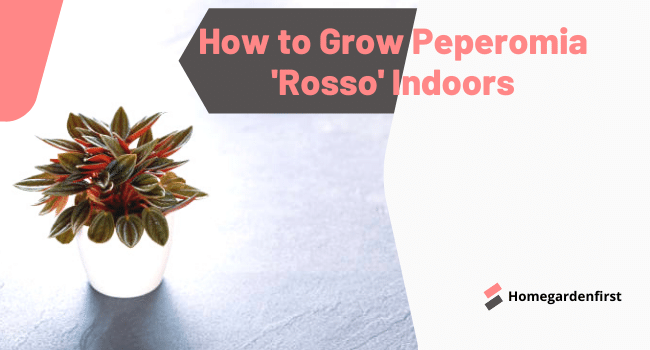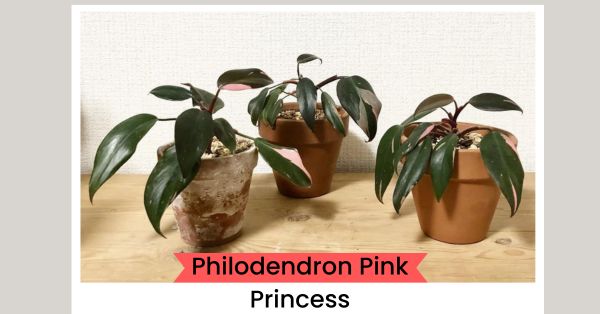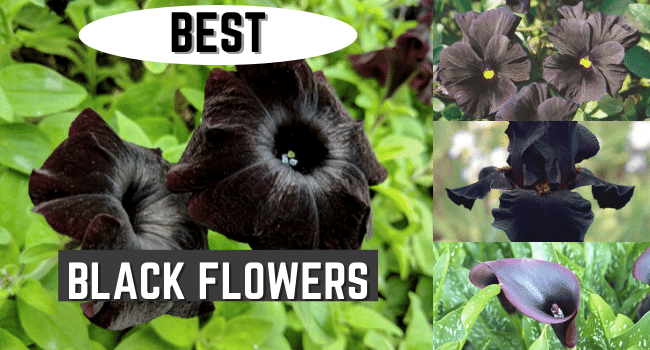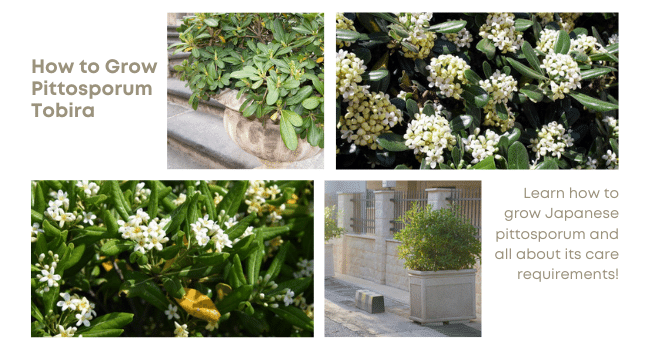Arrowhead Plant Care Indoors | Syngonium Care Indoor
Growing Arrowhead plant indoors is easy and fun! In this post, we discuss arrowhead plant care indoors.
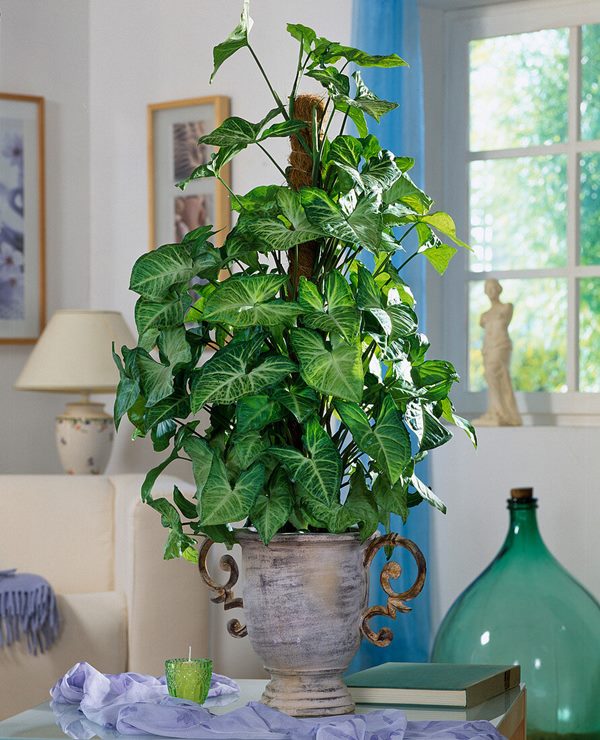
Arrowhead is a versatile houseplant with showy foliage and a perfect companion for indoor spaces. There are many Arrowhead plant types from which you can choose the one that fits your bill. Arrowhead plants care indoors is not difficult, and you’ll also be able to do that in a cinch after going through this post.
Botanical Name: Syngonium podophyllum
Common Names: Arrowhead plant, Arrowhead vine, Arrowhead philodendron, Goosefoot, Nephthytis, African evergreen, and American evergreen
How to Grow Arrowhead Plant Indoor
Arrowhead plants prefer bright, indirect light and can tolerate some direct sunlight. However, they grow well in shady corners and other low-light areas, albeit more slowly. Water once or twice a week and check that the soil is dry a couple of inches below the surface before watering. Fertilize monthly with a liquid fertilizer diluted half to its strength in the growing season.
Arrowhead Plant Propagation
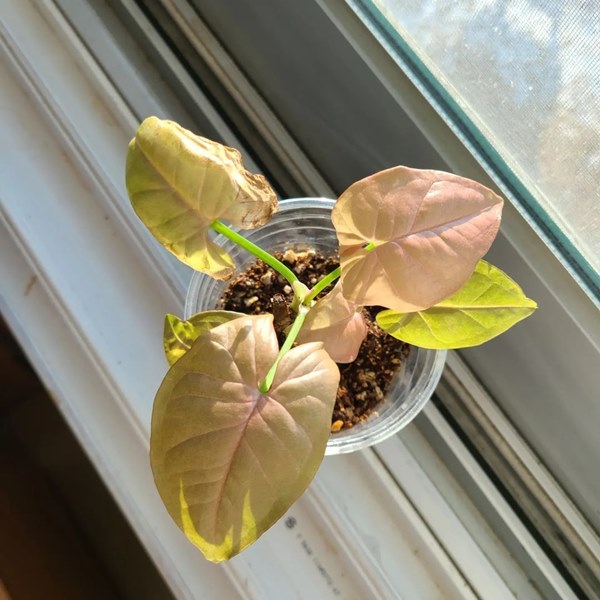
Propagating arrowhead plants is easy from stem cuttings. An ideal time to cut is in the spring and summer growing seasons. Make sure to use a sharp and sterile tool to take a cutting, be it scissors or shears. Here is the step-by-step tutorial on propagating arrowhead plants from cutting.
- Take a cutting of your desired length, ensuring it has at least 2-3 nodes.
- Remove leaves from the bottom half of the cutting, leaving a couple of leaves at the top.
- Put the cutting in a clean jar filled with water so that foliage does not come in contact with the water.
- Locate the jar at a warm spot where it receives bright indirect light. Change water weekly.
- Within a couple of weeks, roots will start to grow, and once roots become a couple of inches long, transplant cutting to a pot.
Note: You can also propagate cutting directly in a well-draining potting mix instead of water.
Choosing the Container
Pot size will depend on the type of arrowhead plant you choose to grow. Something to keep in mind before the pot is that the Arrowhead plant likes to remain slightly pot-bound. Also, make sure that the pot has drainage holes at the bottom. When it comes to the material of the pot, go for terracotta and clay pots as they soak the extra moisture preventing soil from turning soggy.
Light Requirements
Locate the Arrowhead plant at a spot where it receives bright indirect light for optimum growth. It can be on a windowsill with drapes or any corner of a well-lit room. Arrowhead vine can also tolerate low light, but optimum growth in medium to bright light is ideal. Keep it away from direct sunlight, as it can burn the leaves.
Soil
A well-draining houseplant potting mix rich in organic matter works best for Syngonium. The soil-based potting mix works best in which you can add perlite to improve drainage. Coco coir or peat-based potting mixes also do well for Arrowhead plants.
Watering
Arrowhead vine is susceptible to root rot, so avoid overwatering. A good rule of thumb is to check that the soil is dry a couple of inches below the surface before watering. Watering thoroughly once or twice a week in spring and summer will suffice. In winter, cut back watering as it enters the dormant stage!
Temperature and Humidity
The ideal temperature range for Arrowhead vine lies between 65 to 80 degrees F. This temperature range is feasible indoors, which makes arrowhead vine a great choice for indoor space. Average humidity levels above 50 percent work best for arrowhead plants. Placing it in places with naturally high humidity levels, such as the kitchen or bathroom, will benefit it immensely. If the air feels dry, mist around the plant or install a humidifier to raise humidity levels.
Arrowhead Plant Care Indoors

Pruning
Most varieties of arrowhead plants are vining and fast growers, which require pruning. Pruning not only keeps growth in check but also promotes bushier growth. If you grow an arrowhead vine on a moss pole, cut the shoots from the sides and, in hanging baskets, allow some of the stems to grow.
Fertilizer
Apply a well-balanced liquid fertilizer diluted half to its strength once or twice a month to boost growth. Use fertilizer only in the growing season, spring and summer, and not in winter. It isn’t a heavy feeder, so do not overfertilize, as it can cause more harm than good.
Pests and Diseases
Common parasitic attacks from aphids, mites, and scales can damage the foliage. Easily and effectively treat them by spraying diluted neem oil solution over the foliage. Also, beware of root rot caused due to overwatering and soggy soil.
Arrowhead Plant Toxicity
It’s advisable to keep it away from curious pets and children as the Arrowhead plant is toxic. As per ASPCA, contact with Syngonium can cause oral irritation, pain, swelling, and other complications.


